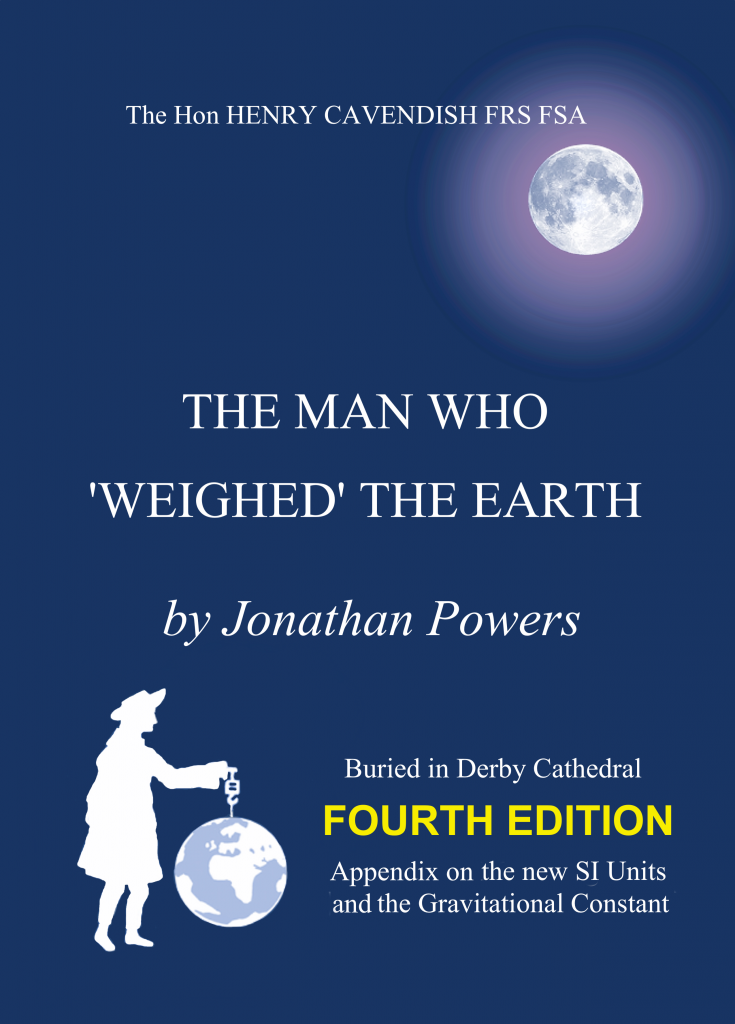
The Hon Henry Cavendish (1731-1810) was regarded in his day as ‘the greatest since Newton’, known for his discovery of hydrogen and for establishing the composition of water, as well as the famous experiment to ‘weigh the Earth’. But he published less than half of what he knew. Manuscripts discovered after his death (even as recently as 1995) suggest he could have advanced several fields of science by half a century, but he struggled socially because of autism.
This little book describes how his widowed father, Lord Charles Cavendish, abandoned a rising political career to play a leading part in the reformation of the Royal Society and, having nurtured his son’s scientific interests, enabled him to find a prominent niche as a national scientific adviser. In addition to relating his life and achievements, it reconstructs two of his most important unpublished discoveries. The title, however, alludes to an extraordinary experiment conducted over a period of 10 months, the results of which he published in a paper of 57 pages in 1798. After his death his experiment was criticised by a proponent of a rival approach which, it has since been discovered, Cavendish had demonstrated to be unreliable in one of his unpublished papers. The re-examination of Cavendish’s results in this little book shows that the accuracy of the actual value for the fundamental Gravitational Constant implied by his measurements was not equalled for almost a century.
The remains of this man, known as ‘the richest of the wise, and the wisest of the rich’, now reside in the Cavendish Vault in Derby Cathedral, alongside his brain-damaged brother, between his father and one of his very rare friends – the Most Noble Georgiana, Duchess of Devonshire.
This monograph was stimulated by requests from far and wide for a transcript of the unscripted lecture given by the author (as an unexpected substitute) to a large audience in Derby Cathedral on the exact 200th anniversary of Henry Cavendish’s death – within a few feet of his remains, and with the descendants of his relations in the front row !
These ‘Enlightenment Mini-Monographs’ have been specially written and published for the benefit of the Derby Museum and Art Gallery, and other regional cultural charities, such as Erasmus Darwin House in Lichfield. They may be purchased at these venues or on-line as below. The author is Professor Emeritus Jonathan Powers DL DUniv. These little books all contain some new and original material not to be found elsewhere.
First published by iOpening Books 2012, reprinted 2015: ISBN 978-0-9545779-5-7
Pages: iii, 33. Colour and b/w illustrations
Second Edition with new illustrated Appendix on Gravitation, entitled ‘Big G’ – A Homage to Cavendish. This offers an explanation of Einstein’s relativistic theory of gravitation in pictures, explaining how Cavendish’s measurement remains central not only to the Mean Density of the Earth, and the Masses of the Planets, but also to our understanding of the entire Universe.
Published by Quandary Books, June 2017
Pages: iii, 57. Colour and b/w illustrations
ISBN 978-0-9545779-1-9
THIRD EDITION has a different Appendix, ‘On Mathematics, Measurement, and Efforts to Measure the Gravitational Constant’. This discusses why measurement is so important in Physics, how ‘Universal Constants’ arise, and then illustrates the difficulties encountered in more than 200 years of experiments seeking to improve upon Cavendish’s result.
Published by Quandary Books, June 2018
Pages: iii, 57. Thirty seven colour and b/w illustrations
ISBN 978-1-9997451-3-4
FOURTH EDITION has been updated to discuss and explain the decision in November 2018 to redefine the SI Units in terms of Fundamental Constants.
Published by Quandary Books, February 2020
Pages: iii, 61. Thirty eight colour and b/w illustrations
ISBN 978-1-913253-17-2
Buy direct from http://derby-museums.myshopify.com/collections/frontpage
